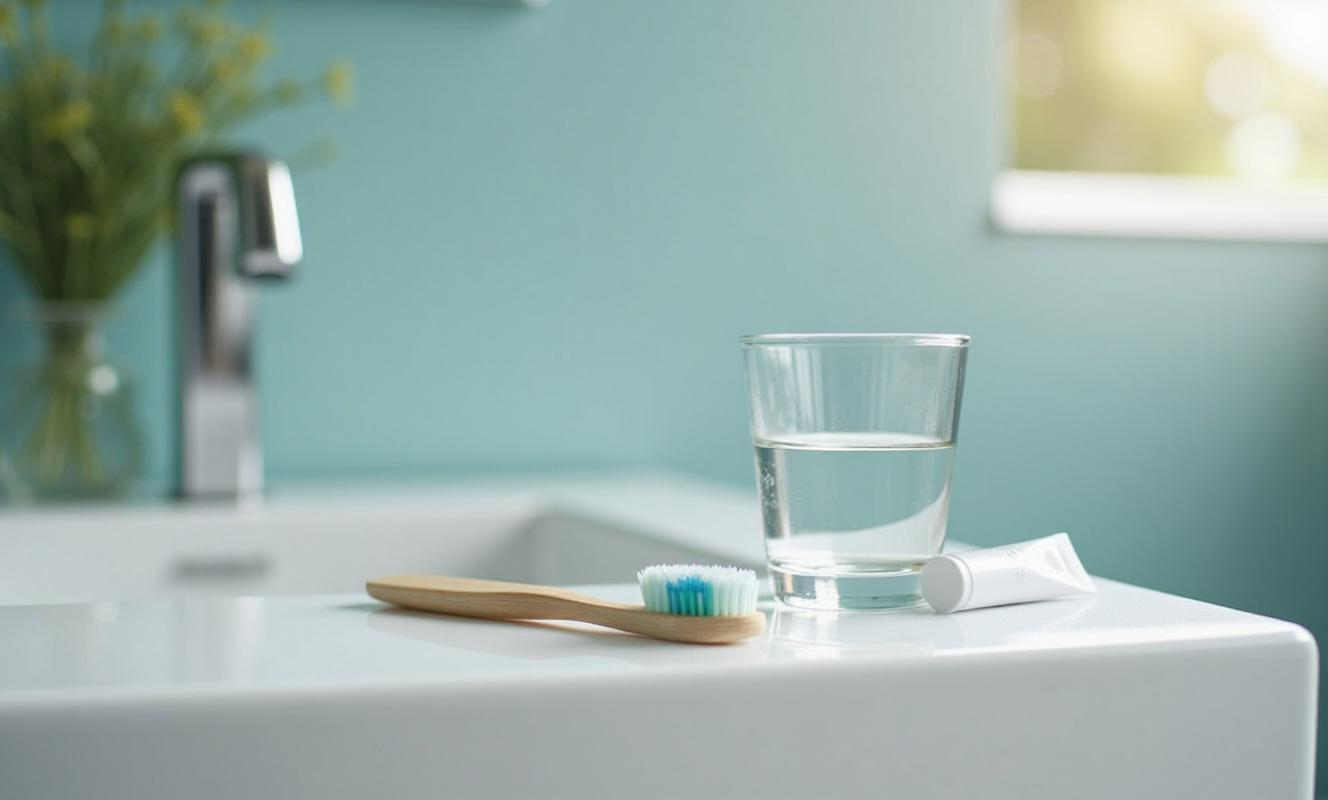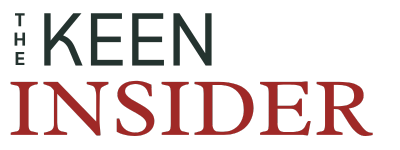Can I Bring a 4 oz Toothpaste on a Plane? TSA Rules Explained

A reader recently emailed me asking, “Can I bring a 4 oz toothpaste on a plane? I use Boka toothpaste based on a recommendation from my dentist and the toothpaste tube is half full. It costs $12.00 and I don’t want to lose it!”
This question shows one of the most common TSA misconceptions that catches travelers at security checkpoints every day.
Here’s the direct answer: No, you cannot bring a 4 oz toothpaste on a plane, even if it’s half-empty. TSA will confiscate that $12 tube regardless of how much toothpaste is actually inside.
The good news? There are several practical solutions depending on your trip length, budget, and specific needs. Let’s break down exactly what TSA considers a “liquid” and why that 4 oz tube – even half-empty – puts you over the limit.
1. What TSA Considers a Liquid
TSA doesn’t just look at traditional liquids like shampoo or mouthwash. Their definition is much broader and catches many travelers off guard.
💡 According to TSA guidelines, anything that’s spreadable, smearable, squeezable, or pourable counts as a liquid for security purposes. Toothpaste falls squarely into this category because you can squeeze it from the tube and spread it on your toothbrush.
The same rule applies to peanut butter, honey, cream cheese, and even thick items like hummus. If you can spread it on bread or squeeze it from a container, TSA treats it as a liquid regardless of how thick or solid it appears.
1.1 The 3.4 Ounce Container Limit
All liquids in carry-on bags must be in containers of 3.4 ounces (100 milliliters) or smaller as part of international aviation security standards. The key word here is “container.”
💡 TSA agents look at what’s printed on the package, not how much product is actually inside. A 4 oz tube that’s only 25% full still violates the rule because the container itself is labeled as holding 4 ounces.
1.2 Why Container Size Matters More Than Contents
This approach might seem unnecessarily rigid, but there’s logic behind it. TSA agents process thousands of passengers daily and need clear, consistent rules they can apply quickly. Asking agents to estimate how much toothpaste remains in each tube would slow down security lines and create inconsistent enforcement.

Additionally, containers can be refilled. If there were no size rules, a traveler could empty a large tube, refill it with something prohibited, and claim it’s just toothpaste. By focusing on container size rather than contents, TSA maintains security while keeping lines moving efficiently.
2. Real-World Examples and Costs
The financial impact of these confiscations adds up quickly, especially for travelers using specialty or prescription oral care products. Our reader’s $12 Boka toothpaste represents just one example of expensive products that get tossed daily at security checkpoints.
Prescription toothpastes can cost $15-30 per tube, and specialty products for sensitive teeth, whitening, or specific dental conditions often exceed $10-20. When you multiply this by millions of travelers annually, the total value of confiscated toiletries reaches into the millions of dollars.
2.1 Beyond Toothpaste
The container size rule affects many other common travel items that surprise passengers. Large tubes of sunscreen, expensive face moisturizers, specialty shampoos, and even items like peanut butter or honey get confiscated for the same reason.
Check out these related articles:
- Flying with Toiletries: TSA, Customs and Airport Rules
- Can I Bring Cologne on a Plane? Yes. TSA and Customs Tips
2.2 The Quart Bag Limitation
Even if choose only 3.4 oz containers per the TSA rules, remember that all liquids must fit in a single quart-sized clear bag. If you’re bringing multiple liquid items – toothpaste, shampoo, contact solution, medications – space becomes precious. Planning ahead helps you prioritize which items are truly essential for your carry-on versus what you can pack in checked luggage or buy at your destination.
3. Solutions by Travel Type
The best approach for handling toothpaste and other liquids depends on your trip length, budget, and specific needs.
3.1 Short Trips (1-2 weeks)
For brief trips, transferring to compliant containers or using travel-size products works well. Buy empty 3.4 oz squeeze tubes from Amazon, Target, or drugstores (usually $8-12 for a multi-pack). Transfer your expensive toothpaste and label the container clearly.

Alternatively, purchase travel-size versions of your preferred brands or use hotel-provided toiletries if you’re not particular about specific formulations.
3.2 Longer Stays (weeks to months)
If you’re traveling for extended periods, pack full-size tubes in your checked luggage.
You can also ship products ahead to your destination or research where to buy familiar brands in your destination country. Many international locations carry recognizable American brands, though they may cost more than at home.
4. Practical Packing Tips
Remember that quart bag space is limited – your toothpaste tube takes up room that you might need for other liquids like contact solution, medications, or skincare products. Choose your carry-on liquids based on what you absolutely need during travel versus what can wait until you reach your destination.
- Buy sets of travel tubes for future trips rather than purchasing them individually each time you travel. Having dedicated travel containers ready makes packing faster and ensures you won’t forget to transfer products at the last minute.
- Label your containers clearly if you’re transferring specialty toothpaste, especially if it looks different from regular toothpaste. This helps TSA agents identify the contents quickly and can prevent additional screening delays.
- Research familiar brands available at your destination before departure. Many travelers discover their preferred products are widely available internationally, making the transfer process unnecessary for future trips to the same region.
5. Going Overseas?
💡 The 100ml limit used internationally equals exactly 3.4 oz in US measurements, so containers compliant with TSA rules are permitted worldwide. This standardization simplifies international travel – pack once and your liquids will be acceptable in virtually any country.
6. Frequently Asked Questions
6.1 What happens if TSA takes my toothpaste?
If TSA confiscates your toothpaste, you won’t get it back and there’s no compensation for the lost product. The agent will dispose of it immediately, regardless of the cost or whether it was prescribed by a healthcare professional. You can’t retrieve confiscated items after security screening, so expensive specialty toothpastes represent a total loss. To avoid this situation, transfer products to compliant containers or pack full-size tubes in checked luggage before reaching the airport.
6.2 Can I bring toothpaste in checked luggage?
Yes, you can bring any size toothpaste in checked luggage without restrictions. The 3.4 oz liquid rule only applies to carry-on bags, so full-size tubes, multiple tubes, or even bulk quantities can go in your checked suitcase. This makes checked luggage the best option for long trips, expensive specialty toothpastes, or when you need large quantities. Just ensure the caps are tightly secured and consider placing tubes in sealed plastic bags to prevent leaks from damaging other items.
6.3 How much toothpaste can I bring on a plane?
In carry-on luggage, you can bring multiple tubes of toothpaste as long as each individual container is 3.4 oz or smaller and all your liquids fit in a single quart-sized clear bag. There’s no limit on the total amount of toothpaste in checked luggage. Most travelers find that one 3.4 oz tube provides enough toothpaste for 2-3 weeks of regular use, making it sufficient for most trips when packed in carry-on bags.
6.4 What size toothpaste is allowed on planes?
Toothpaste containers must be 3.4 ounces (100 milliliters) or smaller for carry-on luggage. This applies to the container’s labeled capacity, not the amount of toothpaste inside. Common compliant sizes include 1 oz, 2.5 oz, and 3.4 oz tubes available at most drugstores. Travel-size toothpastes typically range from 0.75 oz to 3.4 oz, while standard home-use tubes are usually 4 oz to 8 oz and must go in checked luggage.
6.5 Can I bring prescription toothpaste on a plane?
Prescription toothpaste follows the same 3.4 oz container rule as regular toothpaste for carry-on luggage. Having a prescription doesn’t create an exception to TSA’s liquid rules, even if the toothpaste costs significantly more than over-the-counter products. However, you can pack prescription toothpaste in checked luggage without size restrictions, or transfer it to compliant travel containers for carry-on. Keep your prescription documentation with you when traveling, especially internationally, to prove the product’s legitimacy if questioned by customs agents.
7. Wrap Up
The answer to “Can I bring a 4 oz toothpaste on a plane?” is definitively No – but now you know exactly why and what to do about it. TSA’s focus on container size rather than contents might seem rigid, but understanding this rule helps you avoid costly surprises at security checkpoints.
The solution is simple: Transfer expensive toothpaste to 3.4 oz containers for carry-on, pack full-size tubes in checked luggage, or buy products at your destination. With the right preparation, you can travel with your preferred oral care products while staying compliant with security rules – no more wondering whether that half-empty tube will make it through screening.






